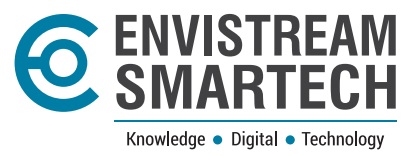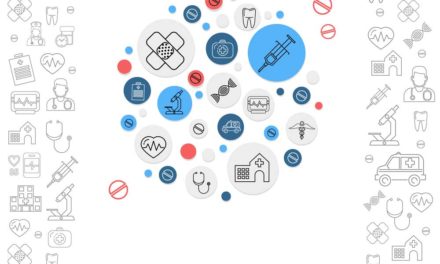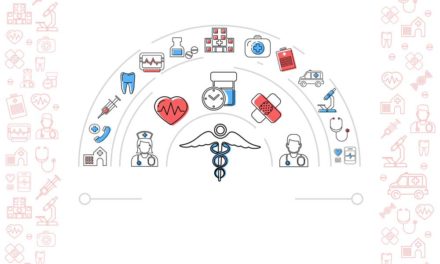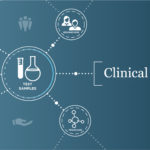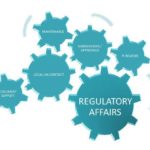Medical affairs are crucial for communication of scientific information between companies and industry leaders, but the growing responsibility of the department has led to various challenges.
Medical affairs teams are crucial to gathering accurate scientific and medical data and for communicating that information between pharmaceutical companies and leaders in the industry.
But over time, the shifting set of requirements for medical affairs departments and the evolving state of the life science industry has led to various issues for medical device and pharmaceutical companies.
In the following article, PharmaNewsIntelligence breaks down the role of medical affairs departments and the key issues that pharmaceutical and medical device manufacturers have with establishing or maintaining medical affairs departments.
WHAT IS MEDICAL AFFAIRS?
In general terms, medical affairs is the department within a pharmaceutical or medical device company that communicates accurate information to healthcare providers. Medical affairs also manages relationships with key thought leaders and stakeholders.
Medical affairs departments are generally staffed with personnel that have advanced degrees, which allow them to understand and effectively communicate the science behind a device or pharmaceutical product.
READ MORE: Pharmaceutical Supply Chain Increases Outpatient Drug Costs
Medical affairs directors are usually Doctor of Pharmacy (Pharm Ds) and medical affairs departments typically include medical science liaisons (MSLs) who have advanced master’s degrees, Pharm Ds, or MDs.
These degrees allow these individuals to interact with physicians and healthcare professionals on a professional level.
To a pharmaceutical organization, the communication of precise medical and scientific information is a key aspect of medical affairs team. This communication may include responding to requests for information about off-label usage, publications, safety information, and independent medical education.
For example, after a drug goes through clinical trials and is ready to be put on the market, medical affairs will communicate the real-world applications of the drug to potential healthcare prescribers using clinical and scientific information.
Therefore, it is crucial that they gather and communicate accurate information to professionals.
READ MORE: Brand Drug Product Hopping Costs US $4.7B Annually
Internally, medical affairs bring together the research and commercial sides of the business by analyzing and translating important facts about therapeutics and drugs into language that can be better understood by a company whose expertise is not scientific.
Additional responsibilities of medical affairs teams may include conducting non-registrational clinical trials after a drug receives FDA approval, executing health economics and outcomes studies, and supporting the brand team in formulating product messages.
KEY ISSUES FOR MEDICAL AFFAIRS DEPARTMENTS
Over the years, continued regulatory pressure has shifted many responsibilities to medical affairs. Due to the importance of delivering credible medical information, companies must continue to update their policies.
The increased use of MSLs or regional medical liaisons to engage in scientific exchange with healthcare providers requires comprehensive policies and training of sales and marketing employees.
One of the key challenges is the increased need of MSLs in pharmaceutical companies, but a decrease in US sales and marketing employees.
READ MORE: Cost-Sharing for Privately Insured Increased for Brand Medicines
For example, the Wall Street Journal reported data from 12 major pharmaceutical and biotech companies and found that the number of MSLs employed by life science companies increased by almost 50 percent over five years, from 1,970 in 2008 to 1,335 in 2003.
But researchers stated that at the end of 2008, the number of US sales representatives decreased to 90,000 from 106,000 just two years earlier.
As the use of MSLs increases, the compliance issues surrounding these practices increase as well because MSLs must be assessed to ensure they are remaining compliant with the regulations affecting scientific communication.
“It is important that MSLs not revert to the role of sales personnel and engage in off-label promotion of medical products,” researchers explained.
According to “Medical Affairs Resources, Structures & Trends,” primary research conducted by Best Practices, LLC’s, another key challenge for medical affairs teams is overall budget.
In 2020, 32 percent of advanced therapy products in Phase 3 trials began in Europe, according to a recent report. But for some specialty medicines, cost increased to €300,000 (US $362,322) and others now exceed €1.5 million (US $1.8 million).
As more therapies come to market, medical affairs companies are in a promising position to lead the transformation. But departments will also have to contend with regulatory challenges, including the rising cost of specialty treatments.
Although these advanced treatments are needed, they are also putting cost pressures on governments with pre-determined healthcare budgets, researchers explained.
For example, the pharmaceutical industry can better engage with healthcare professionals by optimizing engagement and leveraging the right channels at the right time.
“I can’t afford traditional MSLs. Proactive MSLs that send articles and resources are extremely useful to me. They are saving me time and making my life a little bit easier. Let’s save time and money. Just send me the email,” Enrique Grande, MD, head of oncology at the MD Anderson Cancer Center Madrid, said in the report.
Increased market dynamic, portfolio growth, and complex products continually drive the need to allocate medical education budgets to avoid major increase in spending.
Additionally, researchers stated that personalizing content along the healthcare professional journey, modernizing content delivery, making better use of medical insights, and demonstrating the overall value of medical affairs teams will help to combat these cost and budget challenges.
TRANSFORMING THE RELEVANCE OF MEDICAL AFFAIRS
Due to the challenges and changes in the healthcare space, experts believe that it may be an appropriate time to reassess and redefine the vision for medical affairs developed over five years ago.
The first recommendation to accelerate the relevance of medical affairs is to enhance patient access to and best use of optimal medical treatment by demonstrating value to practitioners through the life cycle of each product.
Second, medical affairs teams can embrace patient-centric healthcare by engaging and partnering with a broader range of healthcare stakeholders to understand the needs and target areas for patients.
And the third recommendation is to acquire and develop the talent to build a multi-faceted medical affairs organization that has the new set of competencies needed to navigate the future healthcare landscape globally.
An additional 2020 publication also noted different ways that a medical affairs department can evolve and transform its best practices, including to:
- Advance independence of medical affairs
- Report organizational structure
- Establish adequate funding targets
- Establish a policy that governs the dissemination of off-label literature
- Establish grant review boards
- Honor compliance with federal and state marketing laws
- Establish and maintain an active compliance program
Overall, medical affairs must become equal to the research and development functions in advocating the patient-centric view. Future work will be needed to create value for individual pharmaceutical companies and the industry as a whole. Overall, improved patient care and outcomes must be the central motivation of the medical affairs leaders.
